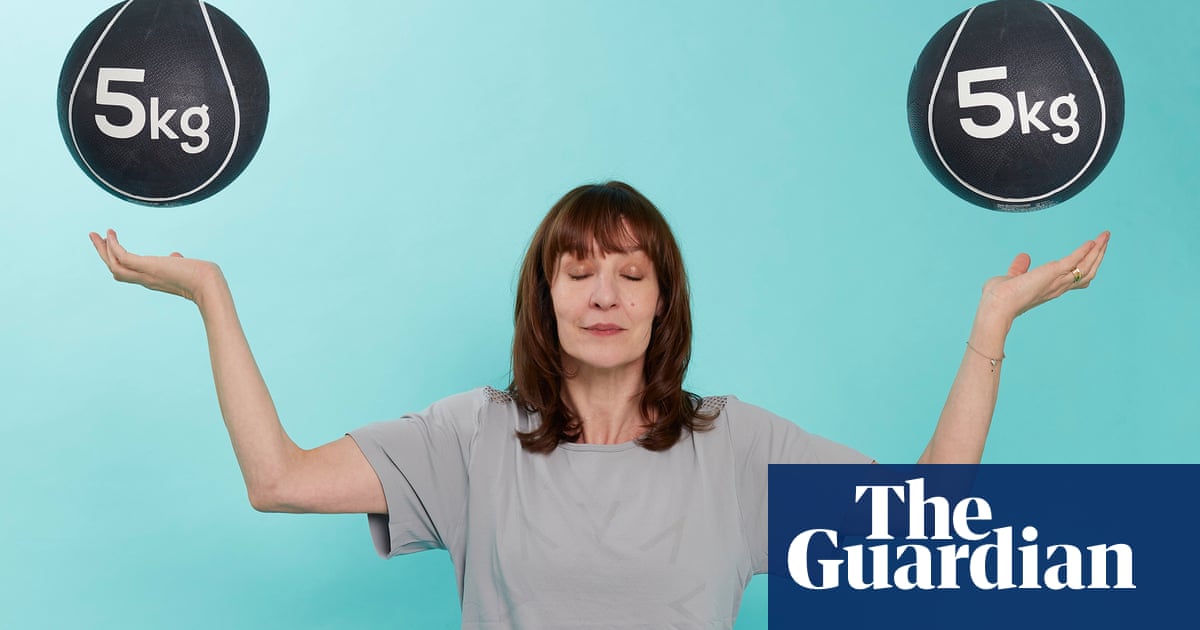
To have a private consultation with Dominique Antiglio, sophrologist and author of the definitive English-language primer on the subject, The Life-Changing Power Of Sophrology, is a ridiculously chichi, Princess Di kind of experience, so let’s not fixate on that. You can do her course online, or delve into the meditation technique by reading the book.
This is a system of mind and body, a little bit meditative, a little bit mindful, eastern principles of centredness and focus fed through a European system of rules that can feel just as exotic. It’s been around since the 50s, when a Spanish medical student, Alfonso Caycedo, had the task of administering electroshock treatment to mentally ill patients; sometimes, if that sounds barbaric, inducing insulin comas beforehand. He was an early asker of a question that medicine has confronted more widely since: why does consciousness have to be shaken so violently in order to heal?
Implicitly having decided that maybe western medicine may not have all the answers, he concocted this improbable-sounding mix of Tibetan Buddhism, Japanese Zen and yoga, neurology, hypnosis, psychology, psychiatry and relaxation techniques to produce sophrology. It’s huge in Europe – especially in Spain – but it has also been prescribed by Swiss GPs and reportedly used by the French rugby team. It has never cracked the UK.
I came to it with scepticism; it sounded like a card game made up by a child, all senseless, sudden rules and divine intervention. There are 12 levels, starting with connecting to the body (level one), moving to the mind (level two); somewhere between levels three and four you connect with your values – we stopped there, as it was my first time.
The body is divided into five: the head and face; the neck, shoulders and arms; the chest; the lower tummy; the pelvis and legs. The idea is to sit down, and “connect intimately” with your body and how it feels – not just areas of pain or tension, but areas that feel good. Each body area has a focal point – the middle of the forehead or the breastbone, and so forth; the belly button is the focal point for your entire body. I started by pressing all my fingertips vertically into the centre of my forehead, inhaling, scrunching the muscles in my face and neck, exhaling and then relaxing them. It takes an intense awareness of my body to tense the right bits at the right time. The idea is that now I can connect to my body, I can move through the other stages of meditation and movement.
Sophrology’s application, now, is quite broad: athletes use it for concentration, early cultural adopters (Arianna Huffington) use it for relaxation; the data isn’t in on how much it’s used for serious mental illness. It did fill me with a bizarre lightness for several days. It would probably take lifetimes to explain why, or perhaps I’m just very suggestible.
What I learned
The 12 levels move from self-awareness to self-discovery, focusing on “feeling free” (level 9) and “tuning into freedom” (level 12).
Source: TheGuardian
